Wood veneer panel, also known as tri-ply, or decorative veneer plywood, is made by slicing natural wood or engineered wood into thin pieces of a certain thickness, adhering them to the surface of plywood, and then pressing them into durable interior decoration or furniture surface materials. This veneer uses materials such as stone, ceramic slabs, metal, wood, and more.
Maple
Its pattern is characteristically wavy or fine-striped. It's off-white, with an elegant and uniform color, high hardness, high rate of expansion and contraction, and low strength. Mainly used for hardwood floors and furniture veneers.
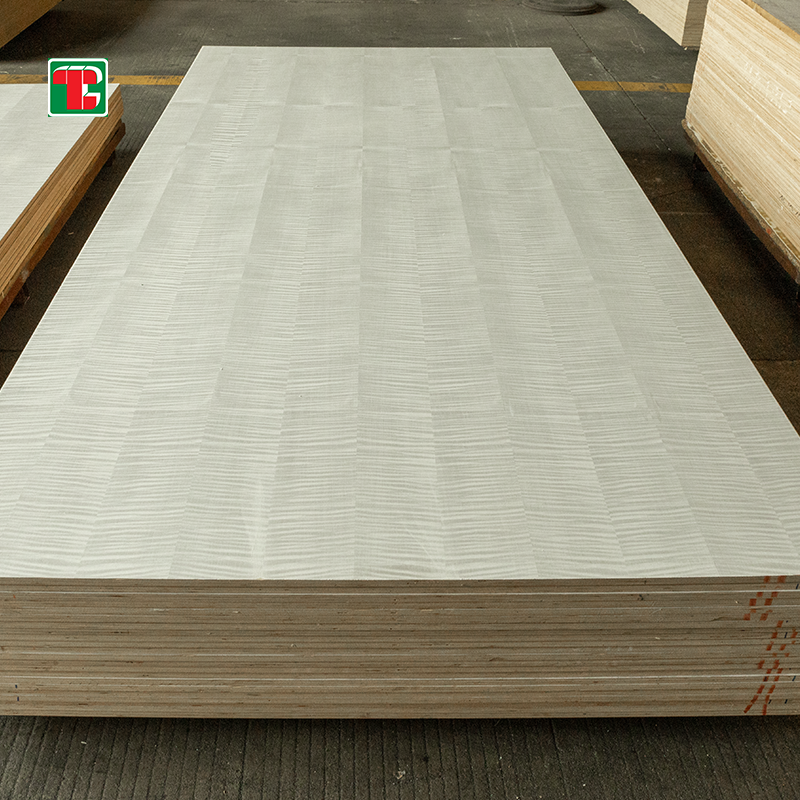
Teak
Teak is durable, fine, corrosion and wear-resistant, not easily deformed, with a shrinkage rate among the smallest of woods. Its boards can be used for hardwood floors, and veneer panels for furniture and walls.
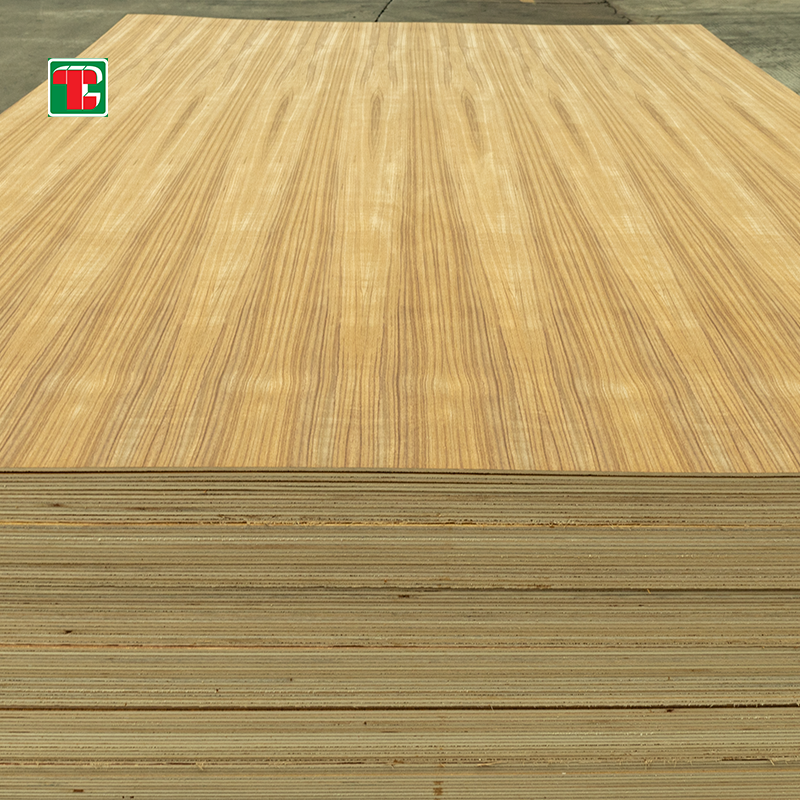
Walnut
Walnut ranges in color from light gray-brown to purplish-brown, with a coarse and varied texture that looks even more beautiful when painted with transparent varnish, giving a deeper and steadier color. Walnut veneer panels should avoid surface scratches that bleach before paint application, and should receive 1-2 more coats of paint than other veneers.
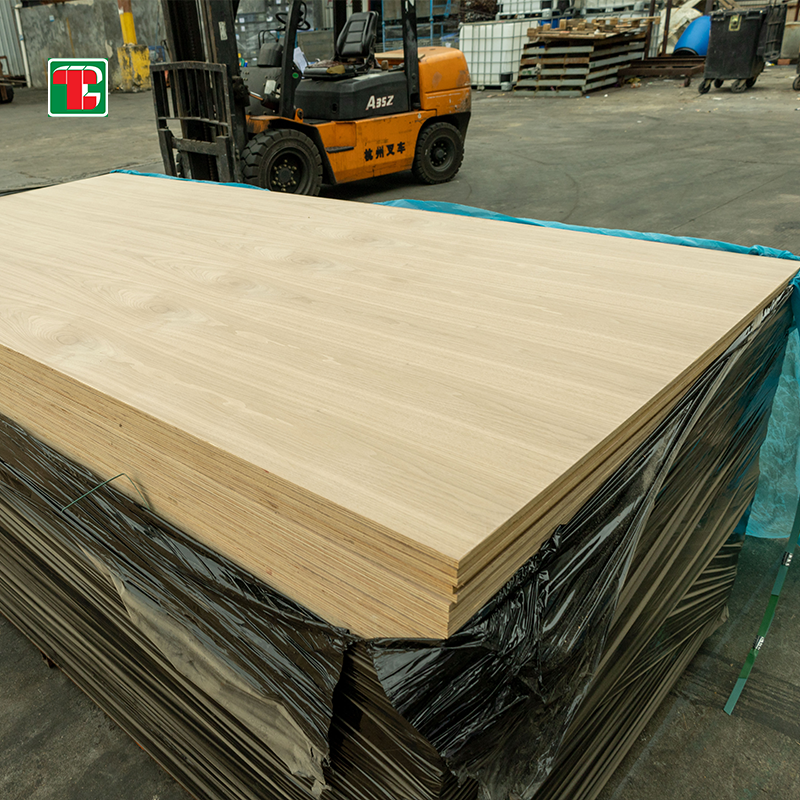
Ash
Ash is yellow-white in color, with a fine structure, straight but somewhat coarse texture, small shrinkage rate, and good wear and impact resistance.
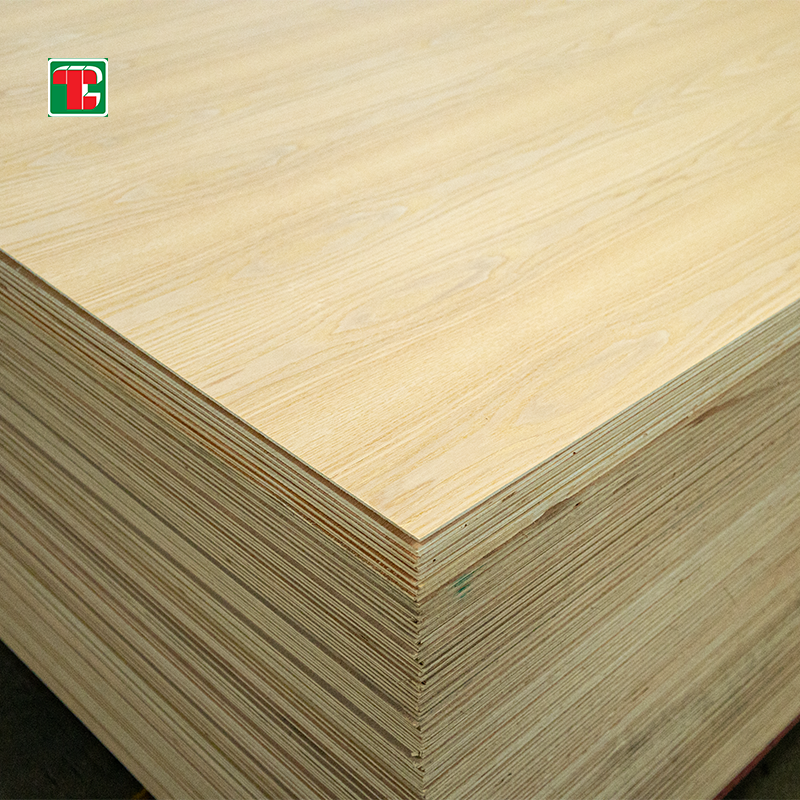
Oak
Oak is part of the Beech family, the wood of the Quercus genus, with a yellow-brown to reddish-brown heartwood. It is primarily produced in Europe and North America, with large amounts coming from Russia and the United States.
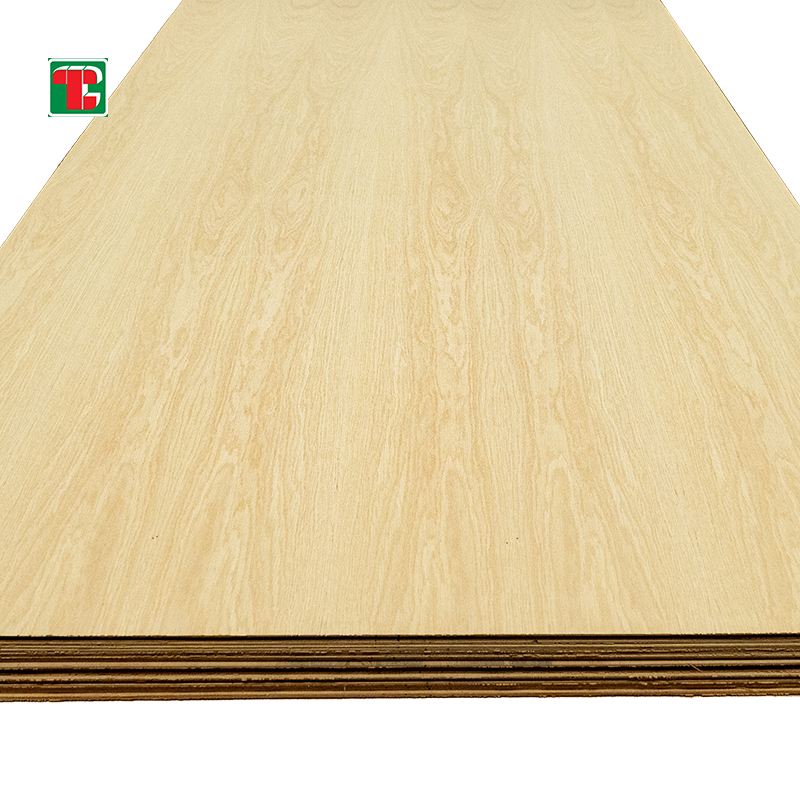
Rosewood
Rosewood, the giving tree in Sanskrit, is coveted for its hard wood, everlastingly fragrant aroma, extravagantly variable colors, as well as its immunity to disease and evil spirits.
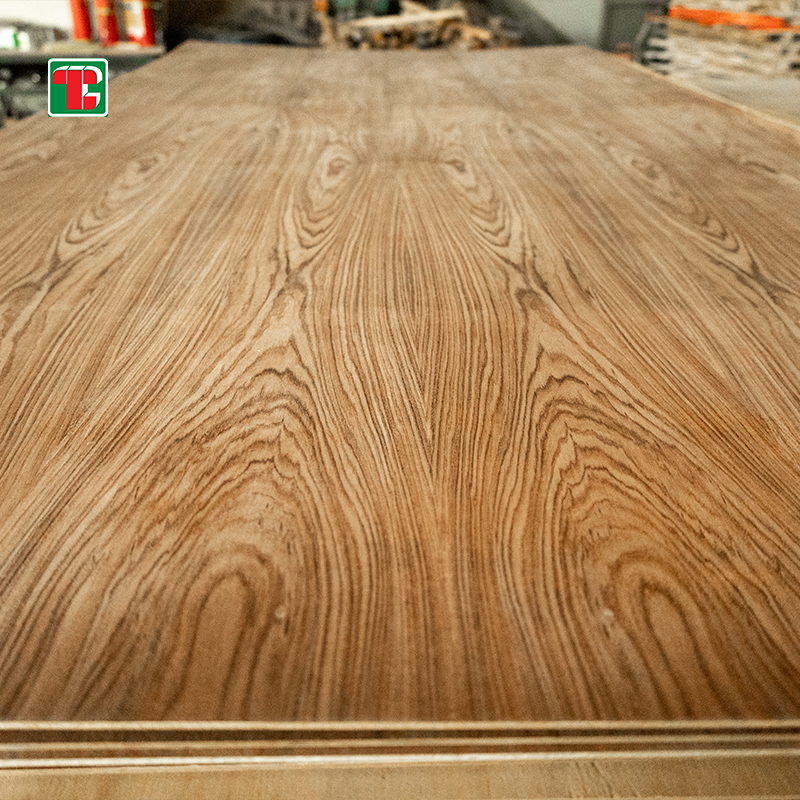
Post time: Jan-03-2024







